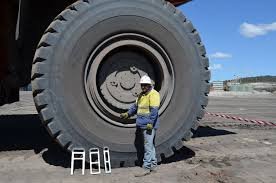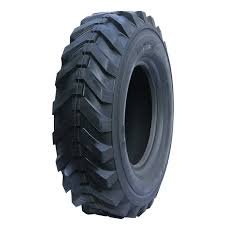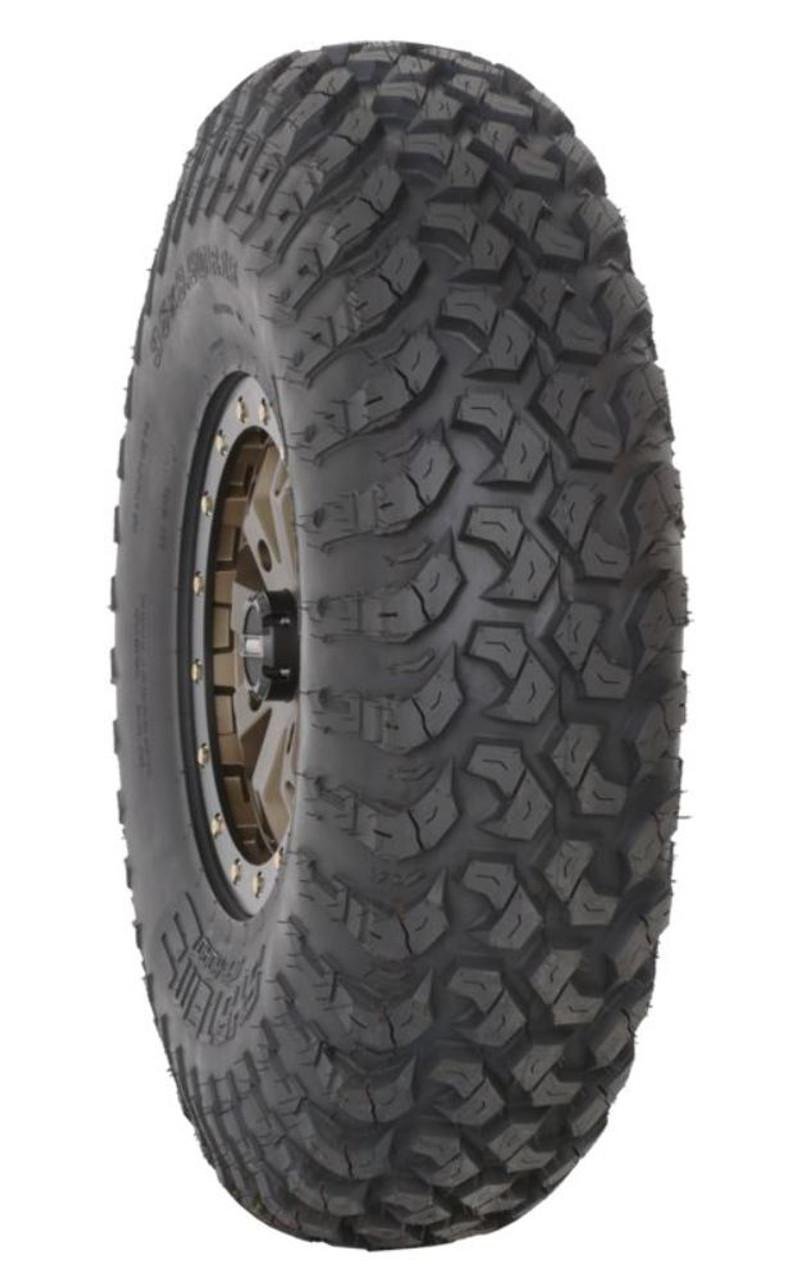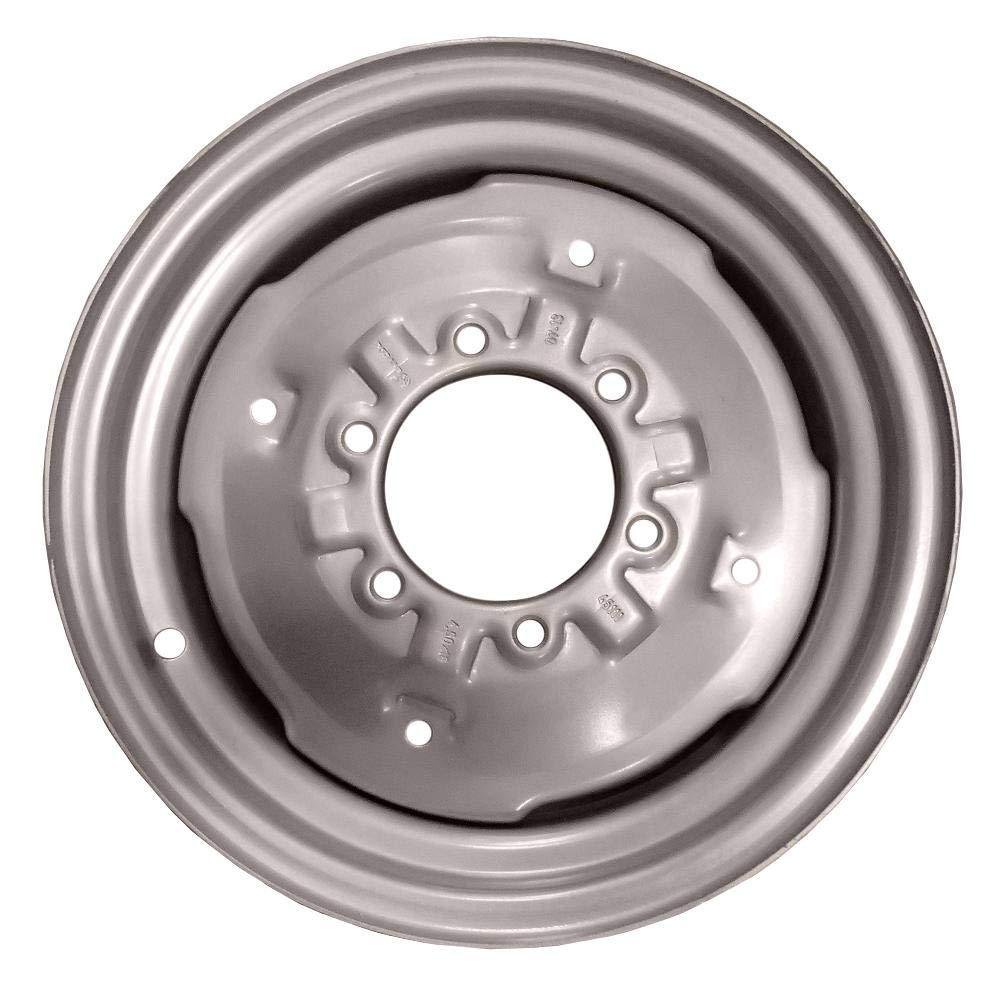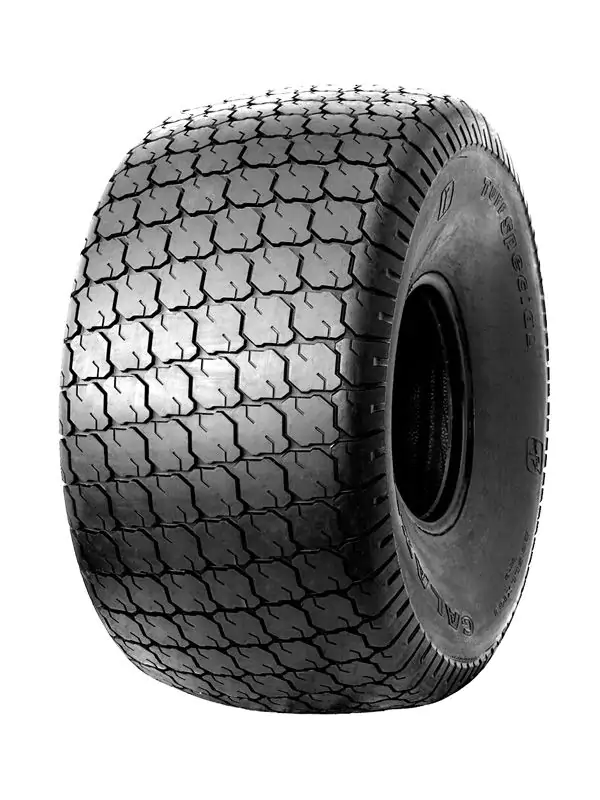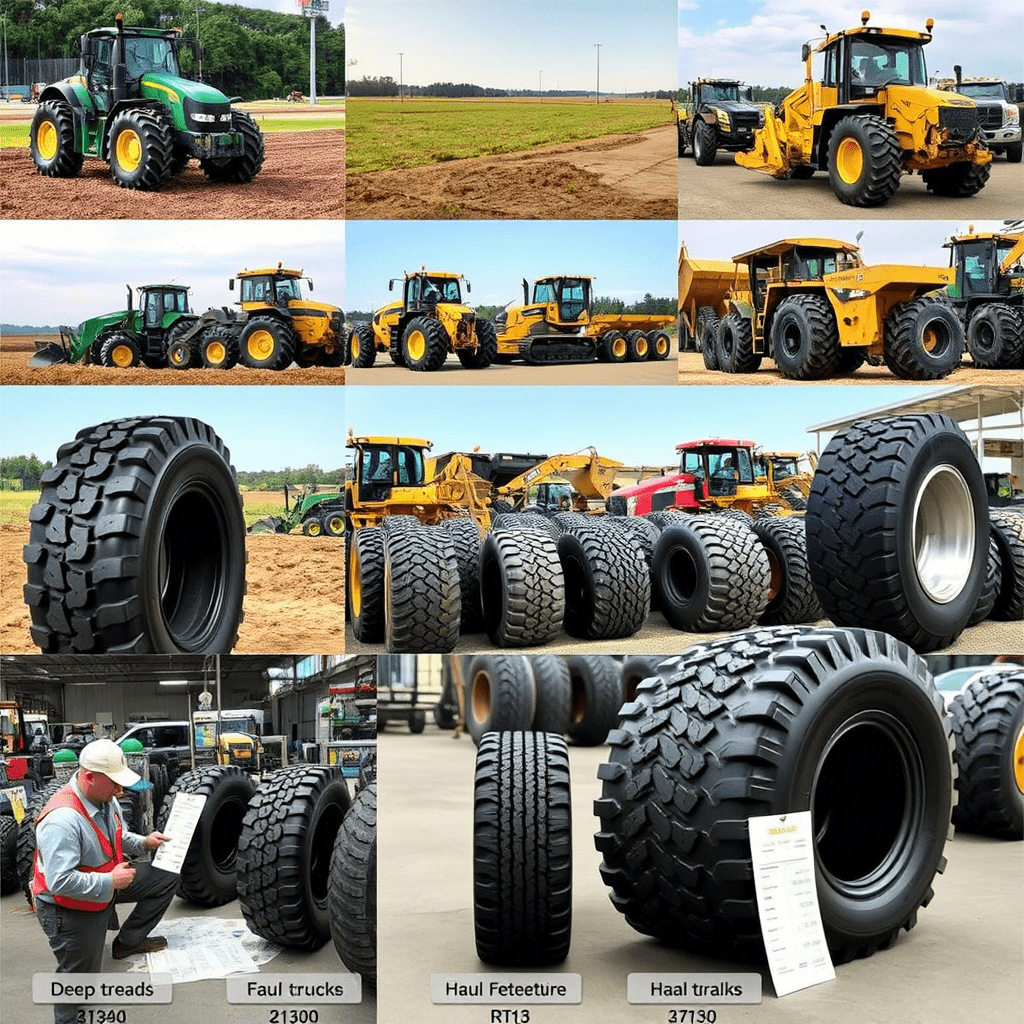Best Jeep Tires for Daily Driver
Your Jeep serves two masters. It handles your daily commute, school runs, and grocery trips. It also promises weekend adventure on trails and backroads. The right tires make this dual life possible. The wrong tires create a noisy, uncomfortable, or unsafe ride. You need tires that balance on road comfort with off road prowess. This guide helps you find those tires. We focus on performance, safety, and value for your everyday driving needs.
Jeep Tires: Understanding Your Jeep’s Tire Needs
Jeeps have a specific design. They are heavier than standard passenger cars. They have a higher center of gravity. They often use four wheel drive systems. Your tires must support this design. They must handle weight, provide stability, and offer traction in all conditions. Daily driving adds another layer of requirements. You spend most of your time on pavement. Your tires need a quiet and smooth ride. They need good wet weather handling. They must offer long tread life.
The Daily Driving Compromise
No single tire excels at everything. A tire perfect for rock crawling will be loud on the highway. A tire made only for the road will fail on a muddy trail. You must find a middle ground. The best daily driver Jeep tires live in this middle ground. They sacrifice extreme off road performance for on road civility. They retain enough off road ability for light trails and adverse weather. This balance is the core of your decision.
Key Tire Categories for Jeeps
Jeep tires fall into three main categories. Understanding these categories is the first step.
All Terrain Tires (A/T)
All Terrain tires are the most popular choice for daily driven Jeeps. They feature a hybrid tread pattern. The tread has smaller, closely spaced blocks compared to off road tires. This design reduces road noise. It improves handling on wet and dry pavement. The tread still has aggressive biting edges and grooves. These features provide solid traction on dirt, gravel, and light mud. All Terrain tires offer the best balance for most drivers.
Highway Terrain Tires (H/T)
Highway Terrain tires prioritize on road performance. They have a quiet, comfortable ride. They offer excellent wet and dry traction. They provide long tread life. Their tread pattern is mild, with minimal aggressive features. These tires work for Jeep owners who rarely leave pavement. They handle well in rain and light snow. They are not suitable for serious off road use.
Mud Terrain Tires (M/T)
Mud Terrain tires are for extreme off road use. They have large, chunky tread blocks with deep, wide grooves. This design clears mud and provides traction in soft ground. These tires are typically loud on pavement. They often have reduced wet weather performance. They wear down faster. Most daily drivers avoid Mud Terrain tires due to their compromises.
Critical Tire Specifications and Sizing
You must understand tire specifications. These numbers and letters on the sidewall define the tire’s capabilities.
How to Read Your Tire Size
Your current tire sidewall has a code like P245/75R17. Here is what it means.
P stands for Passenger. LT stands for Light Truck. Jeep Wranglers and Gladiators often use LT tires for their stronger construction.
245 is the tire’s section width in millimeters. This is the width from sidewall to sidewall.
75 is the aspect ratio. This is the sidewall height as a percentage of the width. A ratio of 75 means the sidewall height is 75% of the tire’s width.
R indicates Radial construction. Almost all modern tires are radial.
17 is the wheel diameter in inches. The tire fits a 17 inch wheel.
Load Index and Speed Rating
The load index is a number. It corresponds to the maximum weight the tire will support. A higher number means a higher load capacity. Your Jeep’s weight requires a sufficient load index.
The speed rating is a letter. It indicates the maximum speed the tire will sustain. Common ratings are S (112 mph) and T (118 mph). Most daily driving stays well within these limits.
Top Tire Recommendations for Daily Driving
These tires represent the best options for a daily driven Jeep. They prioritize on road manners without forgetting their off road roots.
Best Overall All Terrain: Falken Wildpeak A/T3W
The Falken Wildpeak A/T3W is a top choice. It delivers exceptional performance in all areas. It has a aggressive look with deep tread. The tire remains surprisingly quiet on the highway. It has excellent wet and snow traction. Many users report strong tread life. It is a tough, durable tire built for Light Truck use. It balances everyday comfort with serious off road capability.
Best for On Road Refinement: Michelin Defender LTX M/S
The Michelin Defender LTX M/S is a highway terrain tire. It is the best tire for Jeeps that rarely go off road. It provides a supremely quiet and comfortable ride. It has outstanding tread life, often exceeding 60,000 miles. Its wet and dry traction is top tier. It also handles light snow well. The tire has a more rounded profile. This gives it better on road manners than blocky all terrain tires. Its off road ability is limited to maintained dirt roads.
Best Value All Terrain: Cooper Discoverer AT3 4S
The Cooper Discoverer AT3 4S offers great performance for its price. It is a capable all terrain tire. It features a symmetric tread pattern that reduces road noise. It has strong wet weather performance. It comes with a 60,000 mile treadwear warranty. This tire provides a good blend of comfort, capability, and cost.
Best for Severe Snow Conditions: Goodyear Wrangler DuraTrac
The Goodyear Wrangler DuraTrac is an aggressive all terrain tire. It carries the Three Peak Mountain Snowflake symbol. This means it is rated for severe snow service. It has deep, self cleaning tread blocks. These provide excellent traction in mud and snow. It is louder than milder all terrain tires. Its on road manners are still acceptable for a daily driver. This is the tire for drivers who face harsh winters and frequent off road trips.
Performance Analysis by Driving Condition
How a tire performs in specific conditions determines its daily driver suitability.
On Road Comfort and Noise
Tire noise comes from tread pattern. Large, irregular tread blocks create more noise as they slap the pavement. Closer, more symmetric tread blocks are quieter. All terrain tires use variable pitch tread blocks to cancel out noise. Highway tires are the quietest. Mud terrain tires are the loudest. For comfort, look for tires with flexible sidewalls. They absorb road imperfections better. The Michelin Defender is the benchmark for on road comfort.
Wet Weather and Hydroplaning Resistance
Wet traction depends on tread compound and groove design. Tires need deep grooves to channel water away from the tread face. This prevents hydroplaning. Sipes are small slits in the tread blocks. They provide extra biting edges on wet roads. The Falken Wildpeak and Cooper Discoverer AT3 have excellent wet weather reputations. They feature dense siping and deep circumferential grooves.
Winter and Snow Performance
Three types of tires handle winter. All Season tires have some siping for light snow. All Terrain tires with the Three Peak Mountain Snowflake symbol are tested for severe snow. They perform much better than standard all seasons. Dedicated Winter tires have a soft compound and deep sipes for the best ice and snow traction. For a daily driver, a severe snow rated all terrain tire is a great compromise. It provides good winter safety without needing a second set of tires.
Off Road Traction
Off road traction breaks down into sub categories. For dirt and gravel, most all terrain tires perform well. For mud, you need large, self cleaning tread blocks. For rock crawling, you need strong sidewalls and flexible tread. The Goodyear DuraTrac excels in mud. The Falken Wildpeak has a tough construction for rocky terrain. The Michelin Defender is not suitable for anything beyond a flat dirt road.
Tire Buying Guide
Follow this step by step process to select your new tires.
Step 1: Assess Your Driving Habits
Write down your driving routine. Estimate what percentage of driving you do in each condition. For example, 80% highway commuting, 15% light trail driving, 5% severe snow. Your percentages dictate your tire category. High highway use points you to Highway Terrain or mild All Terrain tires. Frequent off road use requires a more aggressive All Terrain tire.
Step 2: Set Your Budget
Tire prices vary widely. A set of four tires will cost from 800 dollars to over 1500 dollars. Include installation, balancing, and taxes in your budget. Higher cost often brings better performance and longer tread life. Decide what you will afford. Do not compromise safety for a low price.
Step 3: Research and Compare Models
Use the recommendations in this guide as a starting point. Read professional reviews from tire publications. Read user reviews on retail sites. Pay attention to comments about noise, wear, and wet weather handling. Look for consistent praise or complaints across reviews.
Step 4: Choose the Right Size
Stick to your Jeep’s original tire size for guaranteed fitment. You will also consider a slightly larger size for a more aggressive look and better off road ground clearance. Larger sizes might require a suspension lift or leveling kit. They will affect speedometer accuracy and fuel economy. Consult a Jeep specialist before choosing a larger size.
Step 5: Purchase from a Reputable Seller
Buy from established tire shops or authorized online dealers. They offer warranties and professional installation. They will ensure correct mounting and balancing. Proper balancing is critical for a vibration free ride.
Tire Maintenance for Longevity and Safety
Proper maintenance extends tire life and keeps you safe.
Check Tire Pressure Monthly
Use a quality tire pressure gauge. Check pressure when tires are cold, meaning before you drive more than a mile. Inflate to the pressure listed on the driver’s side door jamb sticker. Do not use the pressure listed on the tire sidewall. That is the maximum pressure, not the recommended pressure. Under inflated tires wear out faster, reduce fuel economy, and will overheat. Over inflated tires wear the center of the tread and reduce traction.
Rotate Your Tires E5,000 to 7,500 Miles
Rotation promotes even tread wear. Front tires wear differently than rear tires. Four wheel drive vehicles need a cross rotation pattern. This moves tires to different positions on the vehicle. Even wear helps your tires last their full tread life. It also maintains consistent handling.
Check Tread Depth Regularly
Use a tread depth gauge or the penny test. Insert a penny into the tread groove with Lincoln’s head upside down. If you will see the top of Lincoln’s head, your tread depth is less than 2/32 inch. You need new tires. Worn tires are dangerous, especially in wet weather. They have greatly increased stopping distances and a higher risk of hydroplaning.
Perform Visual Inspections
Look for damage like cuts, cracks, or bulges in the sidewall. Remove stones or debris stuck in the tread. These inspections will reveal problems before they cause a failure.
Get a Wheel Alignment
Get an alignment after installing new tires. Also get an alignment if you notice uneven wear or the vehicle pulling to one side. Misaligned wheels cause tires to scrub against the road. This leads to rapid and uneven wear.
Cost Considerations and Value
The tire’s purchase price is only part of the total cost.
Initial Purchase Price
This is the upfront cost for the tires themselves. Premium brands like Michelin and BFGoodrich cost more. Value brands like Cooper and Falken offer strong performance for less money.
Installation Costs
Budget for mounting, balancing, valve stems, and disposal fees. These costs add 100 to 200 dollars to your total.
Tread Life and Long Term Value
A cheaper tire that wears out in 40,000 miles might cost more per mile than a expensive tire that lasts 60,000 miles. Check the treadwear warranty. It is a good indicator of expected life. A longer warranty usually means better value.
Fuel Economy Impact
Heavier, more aggressive tires will reduce fuel economy. A loss of 1-2 miles per gallon is common. This adds cost over the life of the tires. Highway tires typically have the best fuel economy.
Safety Standards and Certifications
Look for these symbols and ratings on tires. They indicate verified performance.
UTQG Ratings
The Uniform Tire Quality Grading system provides ratings from the government. Treadwear grades a tire’s wear resistance. A higher number is better. A grade of 500 wears twice as long as a grade of 250. Traction grades a tire’s wet stopping ability. Grades are AA, A, B, C. AA is the best. Temperature grades a tire’s resistance to heat. Grades are A, B, C. A is the best.
Three Peak Mountain Snowflake Symbol
This symbol means the tire meets specific performance criteria in severe snow conditions. It is a much better indicator of snow performance than an M+S (Mud and Snow) designation. For driving in regular winter conditions, this symbol is important.
Final Selection Advice
Review your driving habit assessment. Match your needs to a tire category. Prioritize on road performance if you are a highway driver. Choose a severe snow rated tire if you face tough winters. Select a proven all terrain tire for a true blend of capabilities. Invest in a quality brand with a strong warranty. Your tires are the only part of your Jeep that touches the ground. They directly influence safety, comfort, and performance. Choose wisely. Your daily driver deserves the best balance you will find.
Complete Jeep Tires Buying Guide
When shopping for Jeep Tires, you need to consider multiple factors to make the right choice. Your decision impacts safety, performance, and long-term value.
Research Phase
Start by identifying your specific needs. Consider your vehicle type, driving conditions, and budget constraints. Research different brands and read professional reviews.
- Compare specifications across multiple brands
- Read customer reviews and expert opinions
- Check warranty coverage and terms
- Evaluate long-term value propositions
Selection Criteria
Focus on these key selection criteria:
- Performance ratings and test results
- Durability and expected lifespan
- Price point and value analysis
- Brand reputation and support
- Availability and local service options
Performance Testing and Analysis
Understanding performance metrics helps you make informed decisions about Jeep Tires. Professional testing provides objective data for comparison.
Test Categories
Industry testing covers multiple performance areas:
- Safety performance under various conditions
- Durability testing over extended periods
- Environmental impact assessments
- Real-world performance validation
Measurement Standards
Professional testing follows standardized protocols. These standards ensure consistent and reliable results across different products and brands.
Test results help you understand expected performance in your specific use conditions. Compare test data from multiple sources for comprehensive evaluation.
Maintenance and Care Guide
Proper maintenance extends the life of your Jeep Tires and ensures optimal performance. Follow these essential maintenance practices.
Regular Inspection Schedule
Establish a routine inspection schedule to identify potential issues early:
- Visual inspection for wear patterns
- Performance monitoring during use
- Documentation of maintenance activities
- Professional inspection when needed
Preventive Maintenance
Preventive maintenance prevents costly repairs and replacements:
- Follow manufacturer recommendations
- Use appropriate tools and materials
- Keep detailed maintenance records
- Address minor issues promptly
Professional Service
Some maintenance tasks require professional expertise. Know when to seek professional service and choose qualified service providers.
Cost Analysis and Value Considerations
Understanding the total cost of ownership helps you make financially sound decisions about Jeep Tires. Consider both initial costs and long-term expenses.
Initial Investment
The purchase price represents your initial investment:
- Base product pricing across brands
- Additional features and options
- Installation and setup costs
- Warranty and service packages
Operating Costs
Factor in ongoing operational expenses:
- Regular maintenance requirements
- Replacement part availability and pricing
- Energy efficiency and consumption
- Service and support costs
Value Assessment
Calculate the total value proposition by comparing costs against benefits. Consider performance improvements, safety enhancements, and longevity when evaluating value.
Safety Standards and Regulations
Safety standards ensure Jeep Tires meets minimum performance requirements. Understanding these standards helps you make informed safety decisions.
Industry Standards
Multiple organizations establish safety standards:
- Federal safety requirements and regulations
- Industry association standards
- International safety protocols
- Professional certification programs
Compliance Verification
Verify that products meet applicable safety standards:
- Check certification marks and documentation
- Review testing reports and results
- Confirm compliance with local regulations
- Understand warranty implications
Safety Best Practices
Follow safety best practices during installation, use, and maintenance. Proper safety procedures protect you and others while ensuring optimal performance.
Future Trends and Technology
Technology advances continue to improve Jeep Tires performance and capabilities. Stay informed about emerging trends and innovations.
Technology Developments
Current technology trends include:
- Advanced materials and manufacturing processes
- Smart technology integration
- Environmental sustainability improvements
- Performance optimization systems
Market Evolution
The market continues to evolve with new products and features:
- Emerging brand competition
- Price point diversification
- Service model innovations
- Consumer preference shifts
Future Considerations
Plan for future needs when making current decisions. Consider upgrade paths, compatibility requirements, and long-term technology trends.
Read more: Yanmar Turf Tires
Read more: Used Turf Tires for Sale


